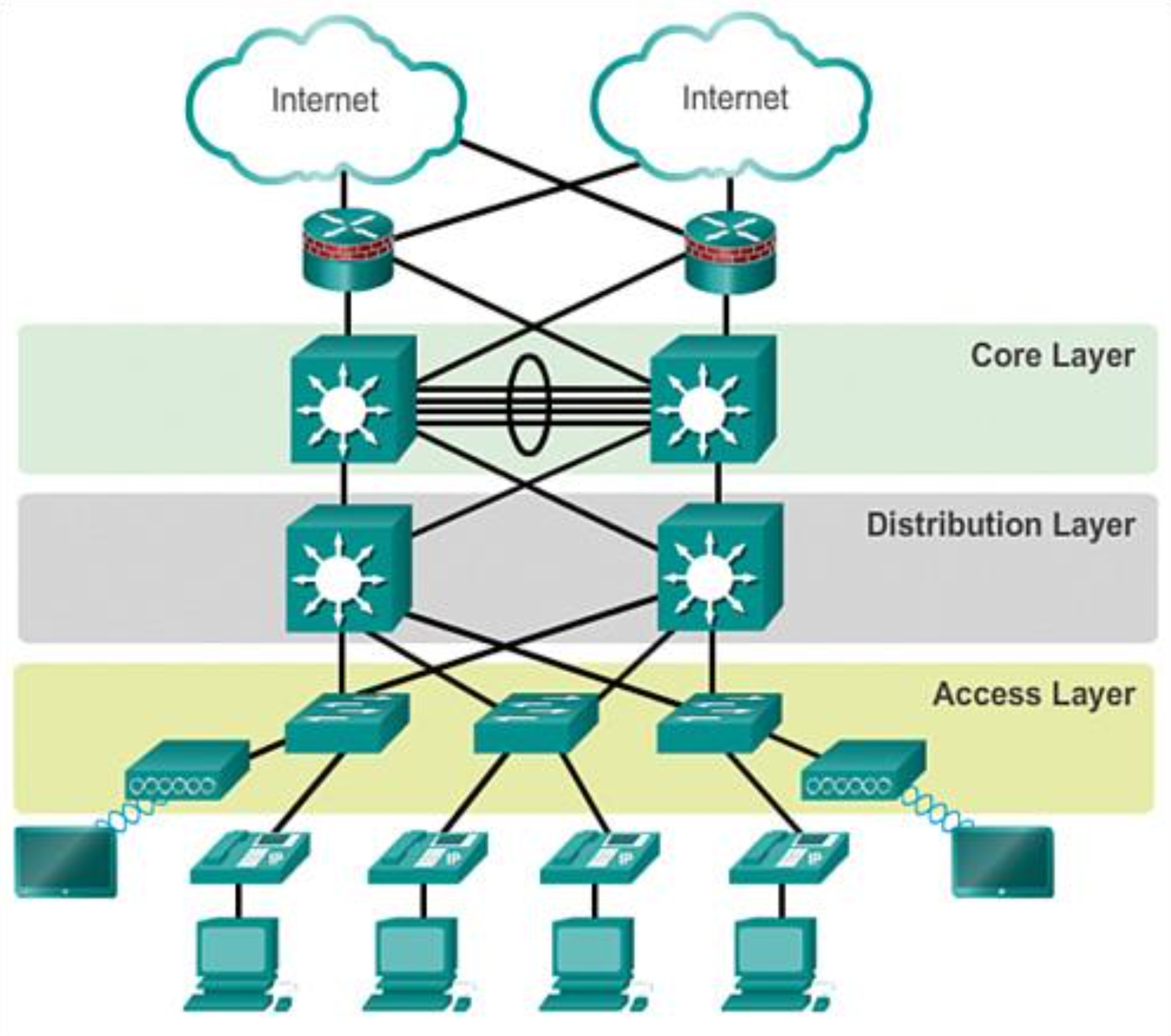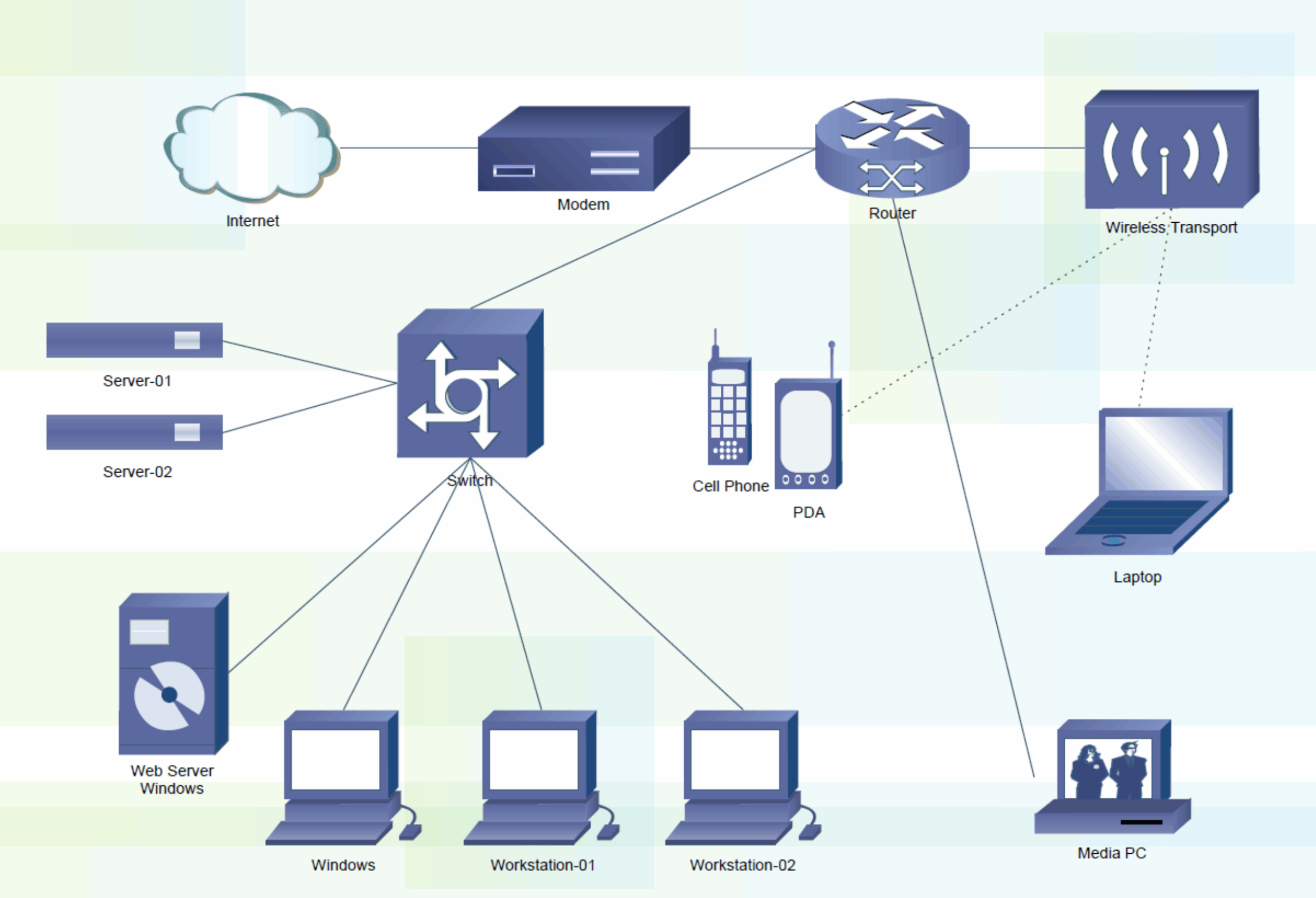NETWORK SOLUTIONS

Network Design & Implementation
Network design and implementation is the process of planning, configuring, and putting into place a computer network to allow for seamless communication and data transfer within an organization. Network design is the planning phase a company’s IT infrastructure must go through before it is implemented. It involves evaluating and understanding how all the elements of the network link together (from routers, switches, and servers to desktops, laptops, and printers) and how they can be made to run as efficiently as possible. A well-designed network can bring increased operational efficiency. Network design is a task that is usually performed by network designers, IT administrators, and other related employees.
Network Infrastructure
Network infrastructure is the hardware, software, and devices that allow for communication and connectivity between users, services, and the internet
Network infrastructure components include:
- Network hardware: Routers, switches, and servers are examples of network hardware. Routers connect networks and determine the best path for data to travel.
- Network software: Network software can run on dedicated hardware or commodity servers.
- Network services: Network services are software that runs on servers.
- Firewalls: Firewalls are security devices that monitor and control network traffic. They inspect network packets to
determine if they should be allowed or blocked. - Wireless networks: Technologies like Wi-Fi provide connectivity without physical cables.

Network Infrastructure
Network infrastructure is the hardware, software, and devices that allow for communication and connectivity between users, services, and the internet
Network infrastructure components include:
- Network hardware: Routers, switches, and servers are examples of network hardware. Routers connect networks and determine the best path for data to travel.
- Network software: Network software can run on dedicated hardware or commodity servers.
- Network services: Network services are software that runs on servers.
- Firewalls: Firewalls are security devices that monitor and control network traffic. They inspect network packets to
determine if they should be allowed or blocked. - Wireless networks: Technologies like Wi-Fi provide connectivity without physical cables.

Network Management & Monitoring
Network management is the process of maintaining, configuring, and monitoring a network, as well as the tools and applications used to do so. The goal of network management is to ensure that network resources are available to users quickly, effectively, and efficiently. network management and monitoring are vital components of modern IT operations that help businesses run effectively and efficiently. Network observability also provides added visibility into the end-user experience. Find out how innovations such as AI, machine learning, network analytics and network automation are shaping the future of network management and monitoring.
Fault Management
configuration management
performance management
security management
accounting management
Network Security
Network security is a combination of technologies, policies, and procedures that protect a network’s communication infrastructure from cyberattacks, unauthorized access, and data loss.
- Firewalls
- Access control
- Intrusion prevention systems (IPS) o Network segmentation
- Two-factor authentication (2FA)
